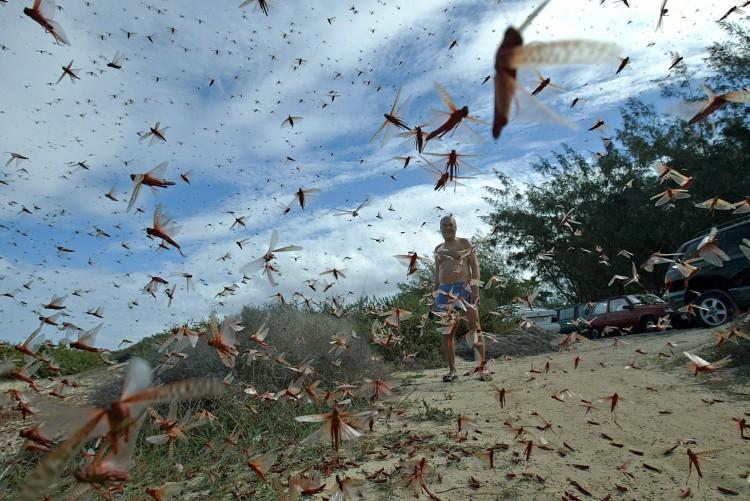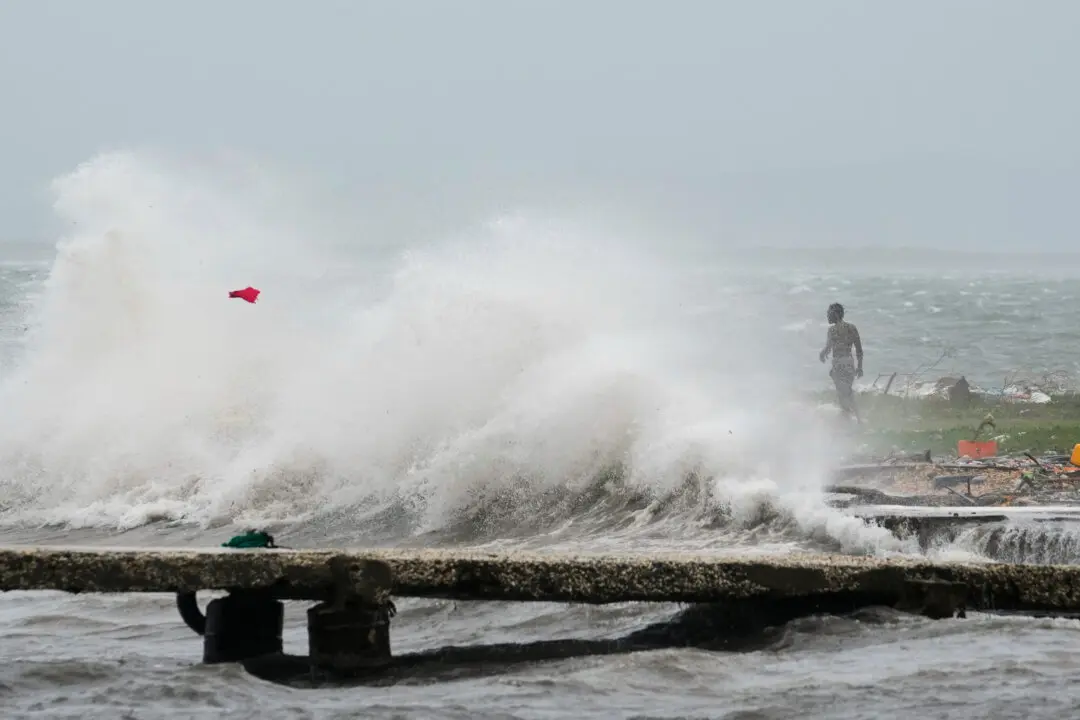Swarms of locusts have destroyed crops and infested houses on the Italian island of Sardinia in the worst such invasion in 70 years, agricultural association Coldiretti said on June 11.
The locusts have devastated animal grazing pastures covering some 2,500 hectares (6,200 acres) of land in the central province of Nuoro, between the small towns of Ottana and Orani, Reuters reported.





